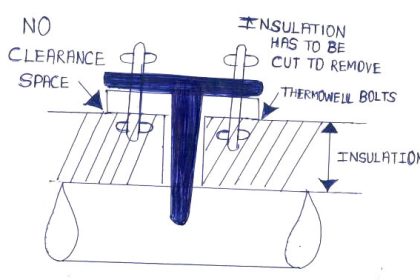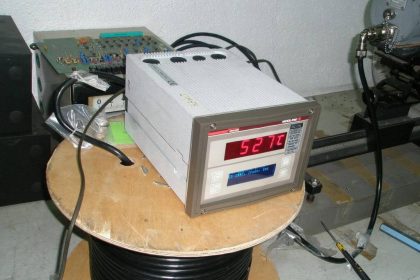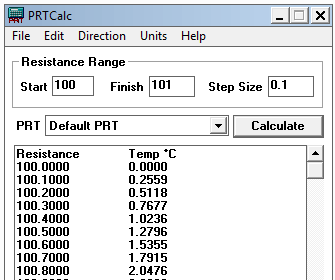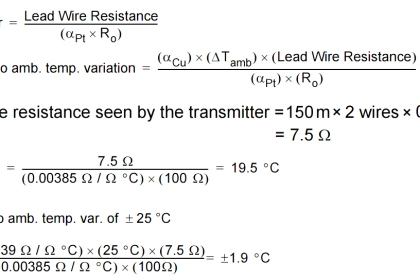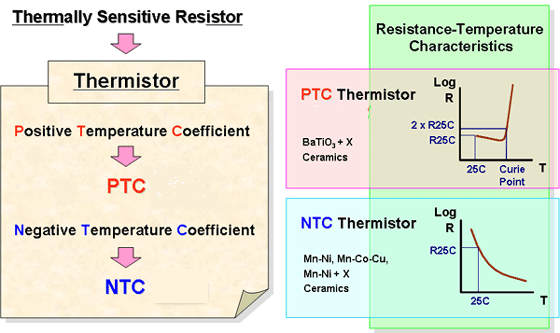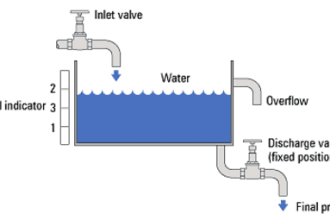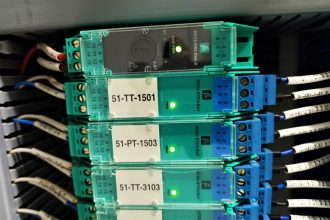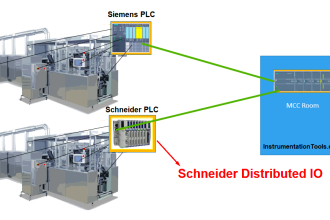The RTD is a temperature sensitive resistance. So an indication of its “sensitivity” should indicate the amount to which the resistance changes as temperature changes.
Some discussions of RTD sensitivity simply use the alpha value of the element to denote the sensitivity of the RTD element, and this can be misleading since it doesn’t directly indicate the amount the resistance changes in 1 degree.
But if we examine how alpha is calculated, α = [(R100°C – R0°C)/R0°C]/100°C, we see that alpha really represents the fractional increase in resistance over 100°C.
Stated another way, for α=0.00385, the resistance increases 38.5% from 0-100°C, or 0.385% for each °C.
Thus, we could use 0.385%/°C to indicate the sensitivity of our sensor, or we could convert it to its native units of measure and use Ω/°C instead.
More simply stated, we can calculate the sensitivity of a resistance thermometer by multiplying the resistance of the RTD at the reference temperature R0 (i.e. its calibration temperature) by the Temperature Coefficient of Resistance (TCR, or alpha value) as follows: Sensitivity = KRTD = R0 * α.
For a 100Ω platinum RTD with α=0.00385 Ω /Ω /°C and R0= 100Ω, the sensitivity coefficient is computed via the expression 100Ω * 0.000385Ω /Ω /°C = 0.385Ω/°C.
Thus, a 100Ω sensor at 0°C will increase its resistance by 0.385Ω in 1°C, or 0.385Ω /°C.
Referring to the prior table, we see that the higher the alpha value, the more sensitive the sensor.
Thus, a Nickel RTD (α=0.00672Ω /Ω /°C, R0=120Ω) is more sensitive to temperature change than a Platinum RTD, as it will change its resistance by 120Ω *0.00672Ω /Ω /°C=0.8064Ω /°C, greater than the 0.385Ω /°C of the Platinum sensor, making it more than twice as sensitive.
Multiples of nominal resistance R0 =100Ω are sometimes used to produce sensors having greater sensitivity.
For example, a 500Ω Pt RTD (Pt500) would be 5x more sensitive than a 100Ω Pt RTD (Pt100).
Likewise, a 1000Ω Pt RTD (Pt1000) would be ten times more sensitive than a 100Ω Pt RTD. Their resistance changes are as follows:
0.385Ω /°C for Pt100
1.925Ω /°C for Pt500
3.850Ω /°C for Pt1000
In summary, the sensitivity of an RTD sensor refers to its change in resistance per degree change in temperature. It is both a function of its base resistance and its Temperature Coefficient of Resistance (TCR).
A sensor with higher sensitivity is not necessarily more accurate, but the larger signal it produces will tend to be less susceptible to lead-wire effects and electrical noise, as it generally improves the signal-to-noise ratio of the sensor interface.
A larger resistance also produces the same output voltage with less excitation current, which helps to mitigate self-heating effects in the sensor element by allowing lower currents to be used to excite it.
Article Source: Acromag
